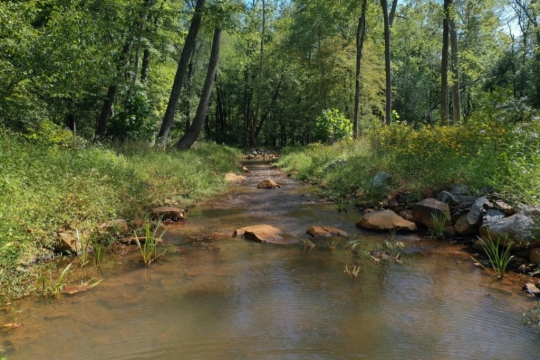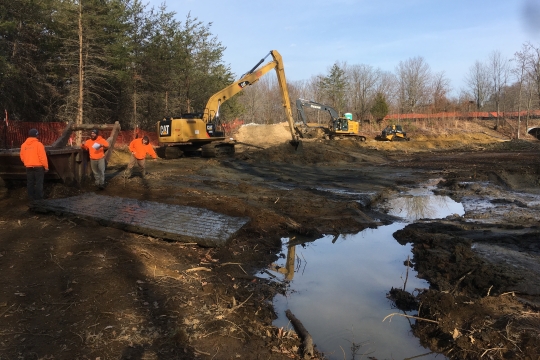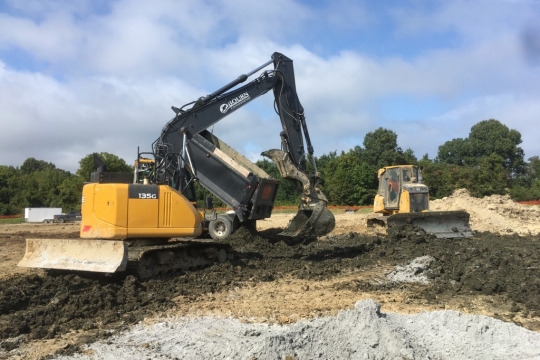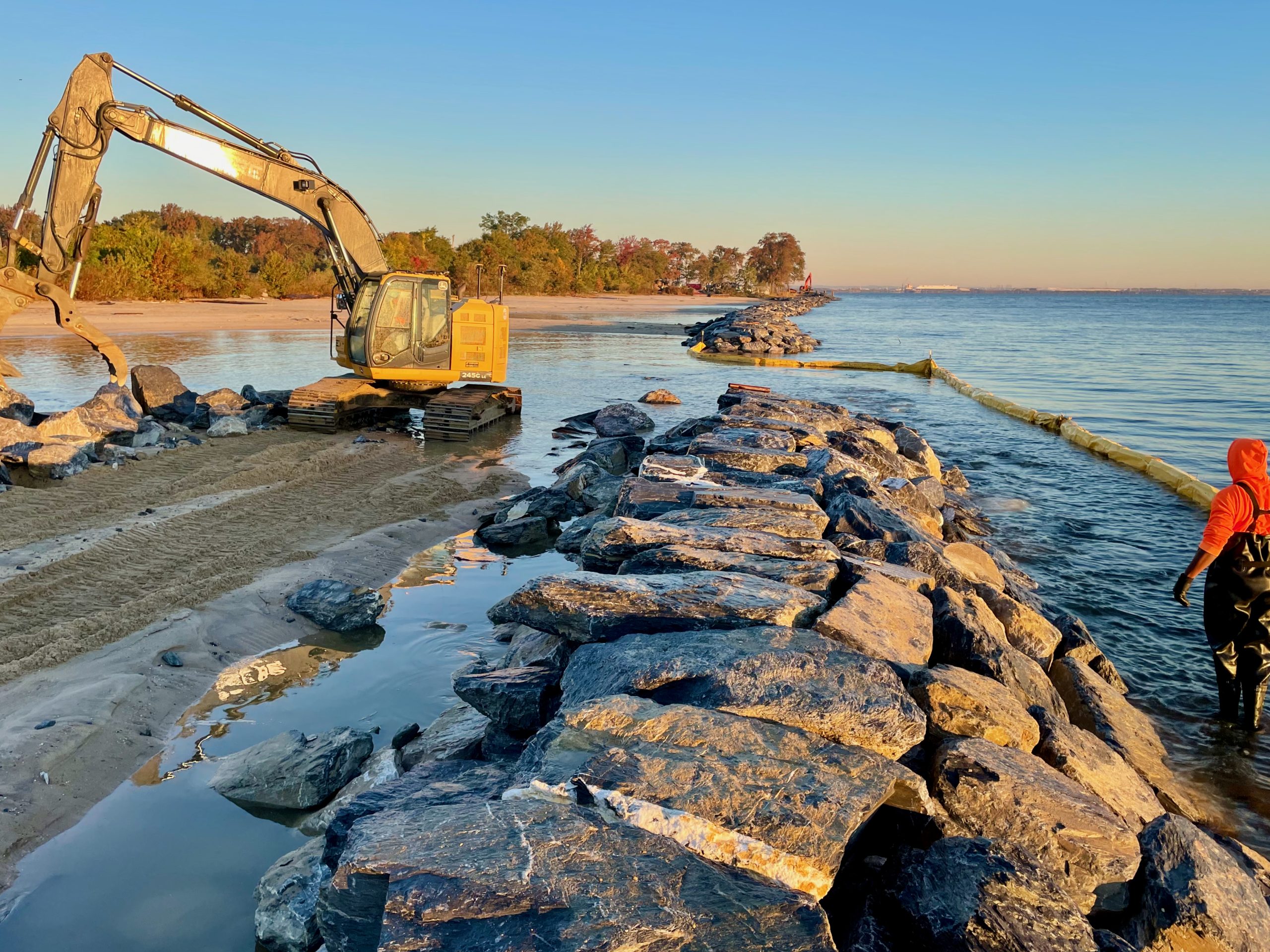Stream Restoration
Experienced in many different approaches to stream restoration, we are most partial to those designs that focus on recreating pristine conditions with onsite materials whenever possible. Although a challenge in urban settings, we strive to hold grades and stabilize banks with materials found on-site and reconnect the floodplain whenever possible. By listening to the stream and listening to the clients' needs, we can restore a stream to a more natural state that still handles the man made increase in runoff.
Understanding how in-stream structures work is incredibly important as is the knowledge that every situation dictates a unique solution. We also want to ensure that we work hand-in-hand with engineers and designers to focus on the causes of stream degradation and instability so that our work solves the problem rather than merely treats the symptoms.



